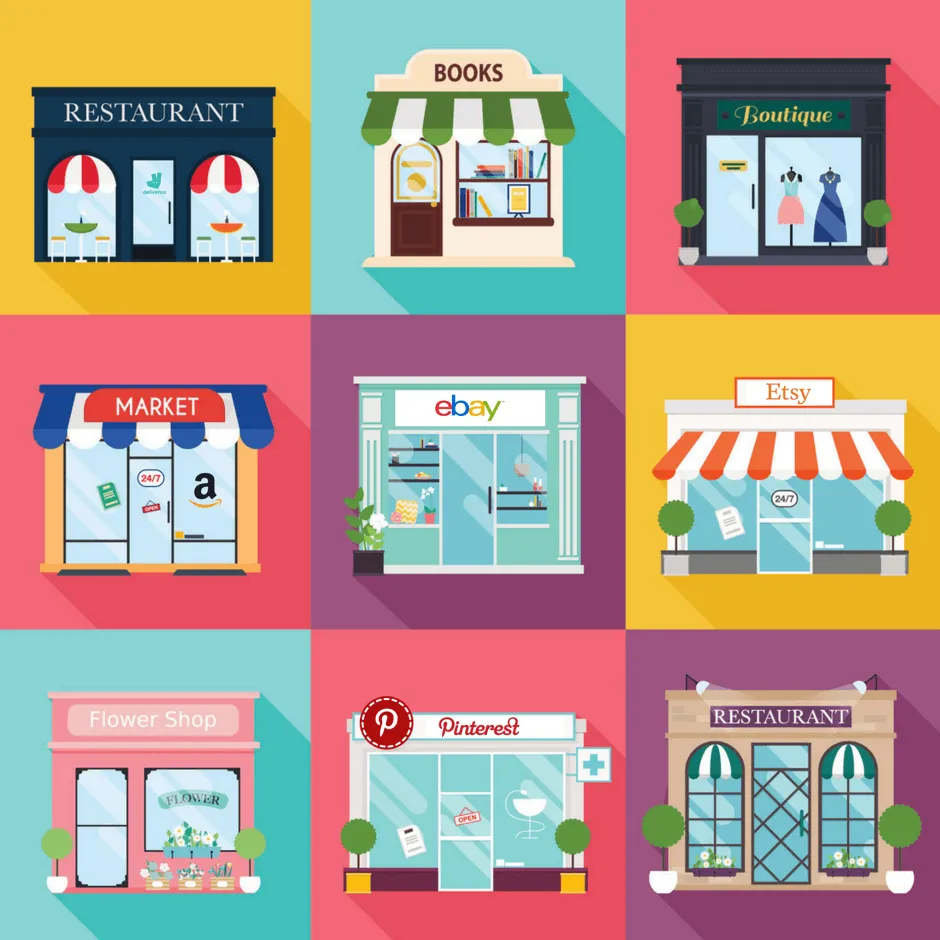What Is Ouch?
Designers struggle with finding good visuals. That's just reality. Icons8 created Ouch to address this problem, offering vector art, 3D designs, and animated graphics. But does it solve the issue? Let's break down what it does for different professionals and how it differs from typical illustration sites.
Ouch isn't a standalone thing. It's part of Icons8's toolkit, containing vectors, 3D stuff, and animated visuals made by their team. Other stock sites give you static images. Ouch keeps styles consistent, lets you tweak things, and provides multiple file formats.
The big difference? These aren't just pictures you download and use as-is. Most illustrations come as individual pieces. You can change colors, move elements, or adjust components to fit your project. That matters when trying to create something that doesn't look generic.
Technical Stuff That Matters
What Formats do You Get
Ouch provides several file types:
- SVG for print and web projects that need resizing
- PNG with transparency for dropping into designs
- GIF and MOV when you need animation
- Lottie JSON for lightweight web animations
- After Effects files for video production work
How You Can Change Things
The value becomes evident once you start modifying these assets:
- They're built in pieces, so you can make adjustments even if you're not a design wizard.
- Colors change throughout the illustration without complicated masking or selection.
- It connects with Mega Creator (Icons8's browser editor), making editing less painful.
- Being vector-based means they scale without getting fuzzy or blocky.
Who Uses This Stuff?
Website and App Designers
If you build interfaces:
- Your screens maintain visual harmony
- Illustrations adapt to different screen dimensions without distortion
- Animated versions make interfaces feel less static
- Changing versions during testing doesn't require starting over
Social Media People
For marketing teams:
- Campaign visuals stay unified
- Moving graphics grab attention better than still ones
- Ready-made assets speed up campaign launches
- Various formats work across different platforms without conversion
Development Teams
Developers find their benefits:
- SVG and Lottie formats help performance metrics
- File structures integrate without excessive cleanup
- Teams can use free graphics from designers with minimal reworking
- They work alongside component libraries in design systems
Education Sector
Teachers and schools use these visuals to:
- Turn abstract concepts into something students can see
- Keep attention with visual elements
- Build cohesive-looking learning materials
- Support different learning preferences
Startups and Small Companies
Those watching their budget like that Ouch, helps them:
- Look established without hiring full-time artists
- Cut costs versus custom artwork
- Spend time on their actual business instead of taking pictures
- Create recognizable visual branding as they expand
Workflow Integration
Ouch doesn't exist by itself but hooks into other tools:
Desktop Program
Icons8's app gives offline access with:
- Drag illustrations directly into design programs
- Work when the internet goes down
- Find what you need through the built-in organization
For Tech Companies
API access lets organizations:
- Generate visuals automatically based on specific triggers
- Link illustration libraries with content management systems
- Incorporate visuals into proprietary software
The AI Angle
Recent additions have brought AI capabilities:
AI-Generated Illustrations
Their AI tool creates visuals while keeping quality consistent:
- Results look comparable to hand-crafted work
- You guide creation with reference images
- It creates original work rather than remixing existing pieces
- Unlike most AI tools, this trains on Icons8's content, reducing legal concerns
How People Use It
Looking at real implementation shows how Ouch functions day-to-day:
In Educational Materials
Teachers using Ouch typically report:
- Finding appropriate visuals takes less time
- Students connect better with illustrated concepts
- Visual-accompanied information sticks longer
- Course materials look consistent across subjects
In Marketing Campaigns
Marketing teams using these illustrations often notice:
- Higher engagement on illustrated posts
- Faster campaign asset creation
- Stronger brand recognition
- More efficient testing by swapping visual elements
Compared to Other Options
Against similar resources, Ouch shows distinct differences:
- Most platforms mix varied artist styles; Ouch maintains visual cohesion
- Typical stock sites provide fixed images; Ouch offers modifiable components
- Format options cover animation needs beyond basic static pictures
- Integration with other Icons8 tools creates workflows that standalone sites can't match
Not Perfect: The Downsides
Despite its strengths, Ouch has limitations:
- While offering many styles, very specialized aesthetics might be lacking
- Maximizing customization requires learning the particular system
- Online editing needs stable internet (though the desktop app helps)
- Some styles may feel too similar for projects needing truly unique looks
Where It's Probably Heading
Based on recent updates and industry trends:
- Additional AI generation covering more visual styles
- Better animation tools for interactive web experiences
- More direct plugins for popular design software
- Team-based editing for collaborative workflows
Bottom Line
Ouch goes beyond standard stock images. It provides a flexible system for creating, changing, and implementing visuals across different projects. It works for non-designers who need something quick and professionals who require technical depth.
Organizations trying to keep visuals consistent across different channels will find Ouch reduces production time while meeting technical requirements. As part of a broader design ecosystem, it functions as more than just an illustration collection, becoming integral to visual communication workflows.
The digital design world continues changing rapidly. Tools like Ouch adapt to these shifts, bridging the gap between custom illustration (expensive, time-consuming) and generic stock images (cheap, but bland). For many organizations, this middle ground proves exactly what they need.



